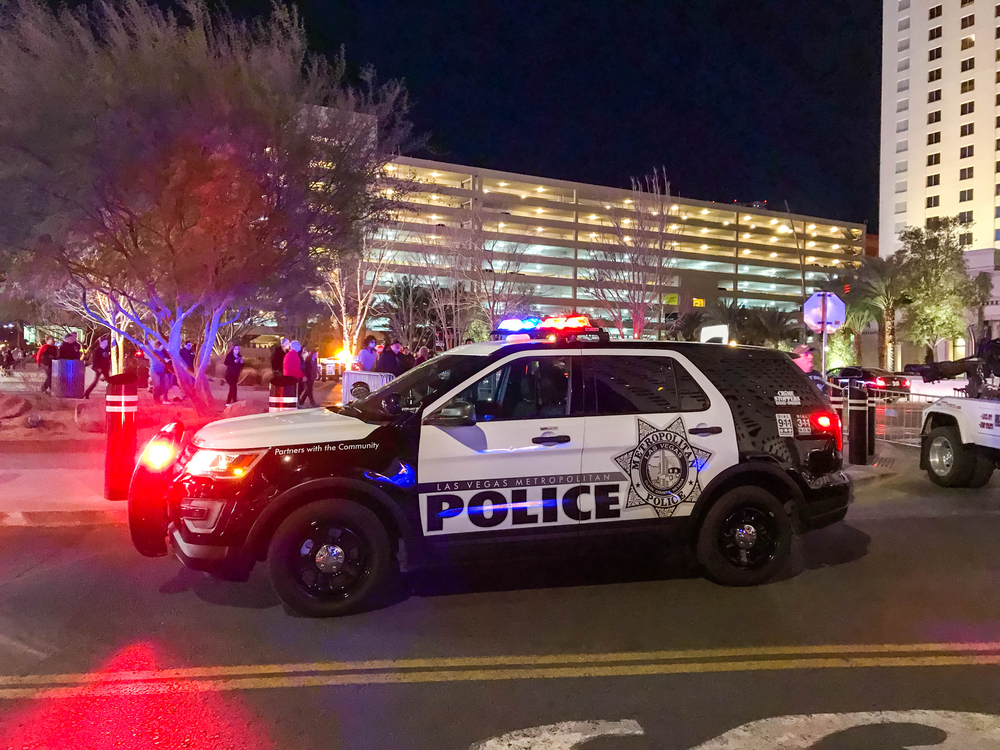Nevada Trucking Laws: Key Regulations You Need to Know
Nevada trucking laws encompass specific regulations that govern vehicle size, weight limits, and safety protocols for commercial drivers. These laws are designed to ensure the safe transportation of goods while protecting the state’s roadways and all road users.
Nevada-Specific Trucking Regulations
The Nevada Department of Transportation adapts federal regulations to meet the state’s unique needs. Key aspects of Nevada’s trucking regulations include:
- Three-Foot Clearance for Bicycles: When overtaking bicycles, trucks must maintain a minimum three-foot clearance, reflecting Nevada’s commitment to road safety for all users.
- Federal Bridge Formula for Load Limits: Nevada enforces the Federal Bridge Formula to determine the maximum allowable weight distribution across a truck’s axles, ensuring safe navigation on the state’s bridges and roads.
Vehicle Size and Weight Limits in Nevada
Nevada imposes specific size and weight restrictions on commercial vehicles:
- Maximum Weight: Trucks must not exceed 80,000 pounds.
- Width Restriction: The maximum width allowed is 102 inches to ensure safe passage on highways and under bridges.
- Axle Weight Distribution: Weight limits are applied to single and tandem axles to minimize road damage, with special permits available for oversized loads under the Purple Weight Chart.
Additional Rules for Nevada Truck Drivers
Nevada’s trucking laws also cover specific driving protocols:
- Right Turn on Red: Drivers must come to a complete stop and ensure the intersection is clear of pedestrians and other vehicles before making a right turn on red.
- Impaired Driving: Strict penalties apply for offenses such as impaired driving, with regular updates to traffic laws, including those from the 2019 Nevada Legislature.
Truck drivers operating in Nevada must stay informed of these regulations to maintain a clean driving record and ensure compliance with state laws.
Legal Options for Truck Accident Victims in Nevada
If you’ve been in a truck accident in Nevada, seeking legal help immediately is essential. Working with experienced attorneys can help you understand the legal process and get the compensation you deserve. Firms like Temple Injury Law in Las Vegas can discuss your case with you and help you move forward with a personal injury claim.
Personal Injury Claims
After a truck accident, you can file a personal injury claim to seek compensation for your suffering. To do this, you must prove someone else was at fault and calculate your damages. This gives victims a chance to receive compensation in what can often feel like a hopeless situation.
Under Nevada law, you can still get compensation after an accident even if you were partially at fault, thanks to the state’s modified comparative negligence rule.
Workers’ Compensation Benefits
In Nevada, truck drivers injured can receive workers’ compensation. This provides financial support for lost wages and medical expenses. It helps with immediate and long-term needs following an accident, offering economic stability while you recover.
Nevada’s Trucking Laws: Essential for Safety and Legal Support
Understanding Nevada’s national and local trucking laws is important for everyone on the road. These regulations ensure that truck drivers, including those operating commercial trucks and carrying hazardous materials, adhere to strict safety standards. These laws cover everything from mandatory rest breaks to using electronic logging devices to prevent truck accidents and enhance public safety. In Nevada, adherence to these laws is monitored by the Nevada Department of Motor Carriers, reinforcing the commitment to safety within the trucking industry.
If you’re involved in a truck accident in Las Vegas, seek legal help immediately. Temple Injury Law specializes in truck accident cases. Scheduling a consultation with them can help you navigate the complexities of trucking laws and pursue total compensation for any damages or injuries. Their in-depth experience with truck accidents in the region can be a significant advantage in handling your case effectively.




